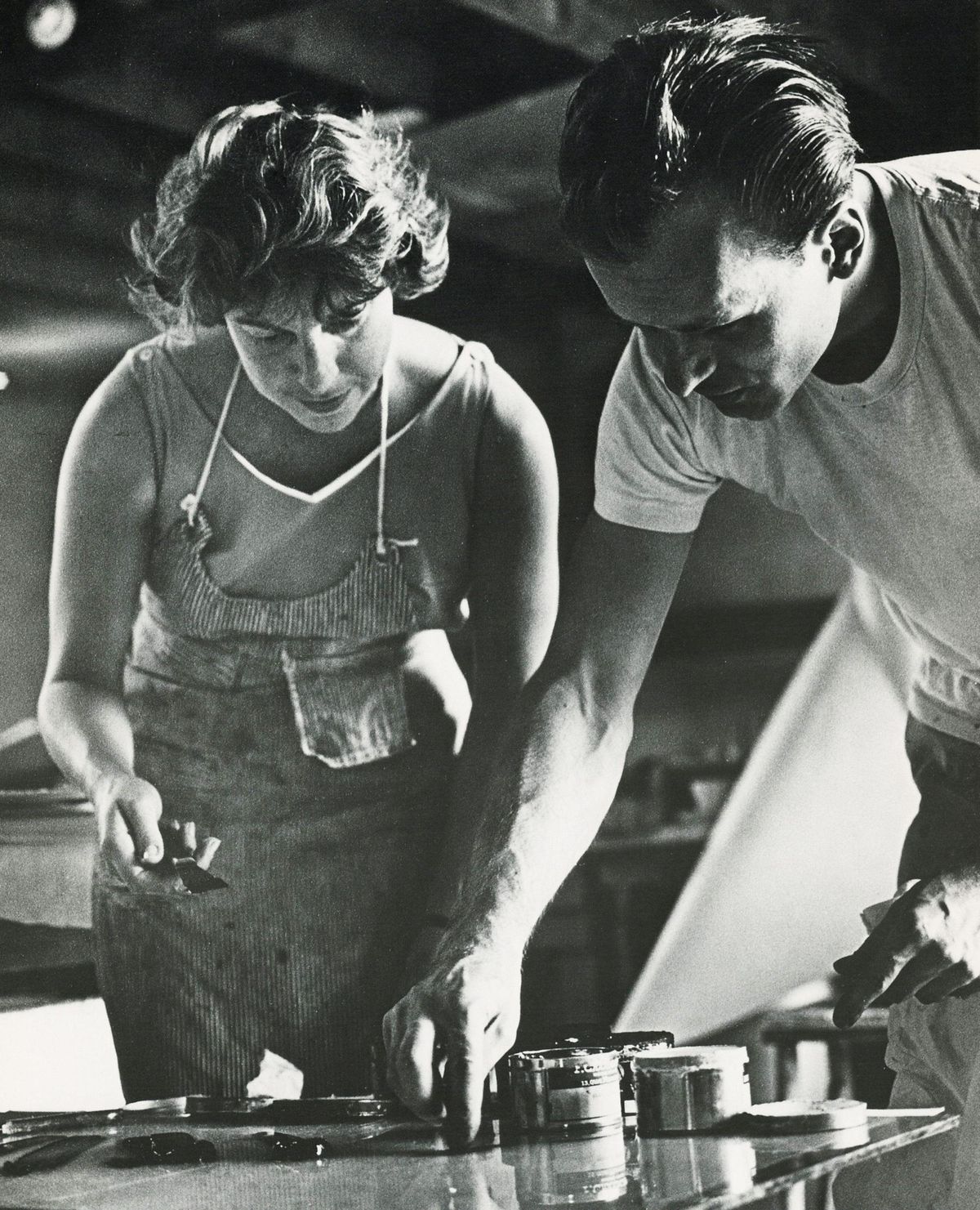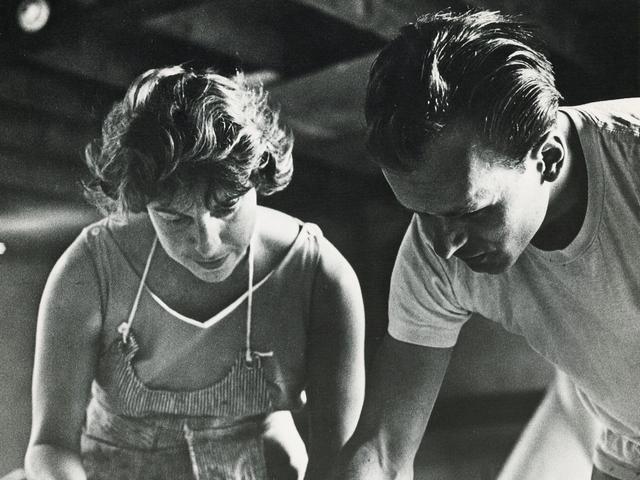Stepping up his attack on the organisation of which he was once a board member, Frederick Iseman called upon the New York State Attorney General, Letitia James, to launch an investigation of the Helen Frankenthaler Foundation, claiming “systematic abuse and conflicts of interest”.
Iseman, a nephew of Helen Frankenthaler’s and the founder of the private equity firm CI Capital Partners, sent a letter on 5 June to the Attorney General’s Charities Bureau, requesting that an investigation be launched because of “what appear on their face to be blatant and repeated acts of self-dealing and undisclosed conflicts of interest by members of the board of directors of the Frankenthaler Foundation”.
Jim Sheehan, head of the New York State Attorney General’s Office’s Charities Bureau, told The Art Newspaper that it was too soon to comment on Iseman’s request, adding that his office had only heard of Iseman’s letter through media reports.
Last November, Iseman, who had been a board member of the foundation his aunt had established in 1984, serving until 2023, filed a lawsuit against the foundation, its co-director and chairperson Lise Motherwell (Frankenthaler’s step-daughter), its co-director and president Clifford Ross (an artist and also a nephew of Frankenthaler’s) and its co-director and secretary accountant Michael Hecht, alleging breaches of fiduciary duty and self-dealing. According to the complaint, Ross “regularly engages in pay-to-play transactions, trading the foundation’s grant-giving capacity in exchange for exhibitions of his own otherwise unremarkable artwork and to generate publicity for his own career”, while Motherwell “used her position on the foundation’s board to curate multiple Frankenthaler exhibitions at local, unprestigious museums” and Hecht “had the foundation employ two of his own accounting firms, but also had the foundation make sizable donations to other, unrelated institutions where he sits on the board”.
Iseman’s lawsuit also contends that the foundation’s executive director, Elizabeth Smith, failed to stop wrongdoing by the board members, adding that she “receives compensation far more than what is paid to the heads of similar foundations” and “has failed to secure a single significant exhibition of Frankenthaler paintings during her tenure”. Iseman’s aim, according to the complaint, is to remove the co-directors on the foundation’s board, restore himself to the board and obtain an “accounting of the charitable fund (sic) funnelled to each of the director defendants and/or spent in furtherance of their personal goals, and requests restitution to the Foundation of those funds”.
Iseman’s claims against the foundation have been rebutted by those he has accused. A digital work by Ross was included in the 2018 exhibition Coal + Ice, organized by San Francisco’s Asia Society, which received a grant from the Frankenthaler Foundation. However, that grant was made in 2021. The idea that this was part of a pay-for-play scheme is “absurd and preposterous”, says Orville Schell, director of the Center on US-China Relations at Asia Society, adding that the Coal + Ice exhibitions, which have taken place periodically since 2011, focus on the effects of climate change and that he became aware of Ross’s work through his photographs of the devastation in New York City wrought by Hurricane Sandy.
A spokesperson for the Frankenthaler Foundation stated that “the demonstrably false claim of pay-to-play is simply the latest in a long line of attacks mounted by Mr Iseman in a vengeful campaign against the Helen Frankenthaler Foundation and its directors—a campaign that began after Mr Iseman was not re-elected to its board at last year’s annual meeting”. For her part, Lise Motherwell referred to Iseman’s “egregious conduct” as a board member and that this behaviour “led to our decision not to re-elect him as a director last year”.
Iseman and his representatives did not respond to The Art Newspaper’s requests for comment.
Frankenthaler, who died in 2011 at the age of 83, was one of the most influential figures of the Abstract Expressionist movement. Influenced by the work of Jackson Pollock, she became a favourite of critic Clement Greenberg, who included her in his canonical 1964 exhibition Post-Painterly Abstraction. She was married to the fellow painter Robert Motherwell, Lise Motherwell’s father, for 13 years.
Shoring up shaky foundations
Christine J. Vincent, managing director of the Washington, DC-based Aspen Institute’s Artist-Endowed Foundations Initiative—which provides professional development and other services for artists’ foundations—says that it “isn’t surprising that artists might choose an initial board made up of family and members of their inner circle, but that arrangement rarely provides the full expertise required to implement the type of stewardship needed for effective governance, particularly when it excludes individuals who are independent—that is, not related to or employed by the artist and subsequently, the foundation”.
She adds that “developing the governing body so that it has sufficient capacity to exercise effective governance is a board's fiduciary duty”.
Many artists have set up foundations during their lives or upon their deaths, most of them to preserve their works and promote their legacies. “I knew I had to do something or there would be less interest in my work and ideas after I died,” the environmental artist Chapman Kelley said a few years before his death in 2020 at the age of 88. “I could have left everything to my son, but he wouldn’t have known how to manage things.” In 2015, Kelley established a foundation tasked with promoting his work and ideas. He viewed it as a crucial step that would make “a difference between whether things are preserved and seen or put in someone relative’s attic or, worse, put out with the trash.”
Joel Wachs, president of the Andy Warhol Foundation for the Visual Arts in New York City, said that his foundation has not experienced contentious disagreements between board members, adding that “all board members, whether related or not, should have guidance and a thorough understanding of good governance and how to properly operate a foundation”.
Perhaps a steadying influence at the Frankenthaler Foundation will be its newest member, Richard Armstrong, who was the director of the Solomon R. Guggenheim Museum from 2008 to 2023.




